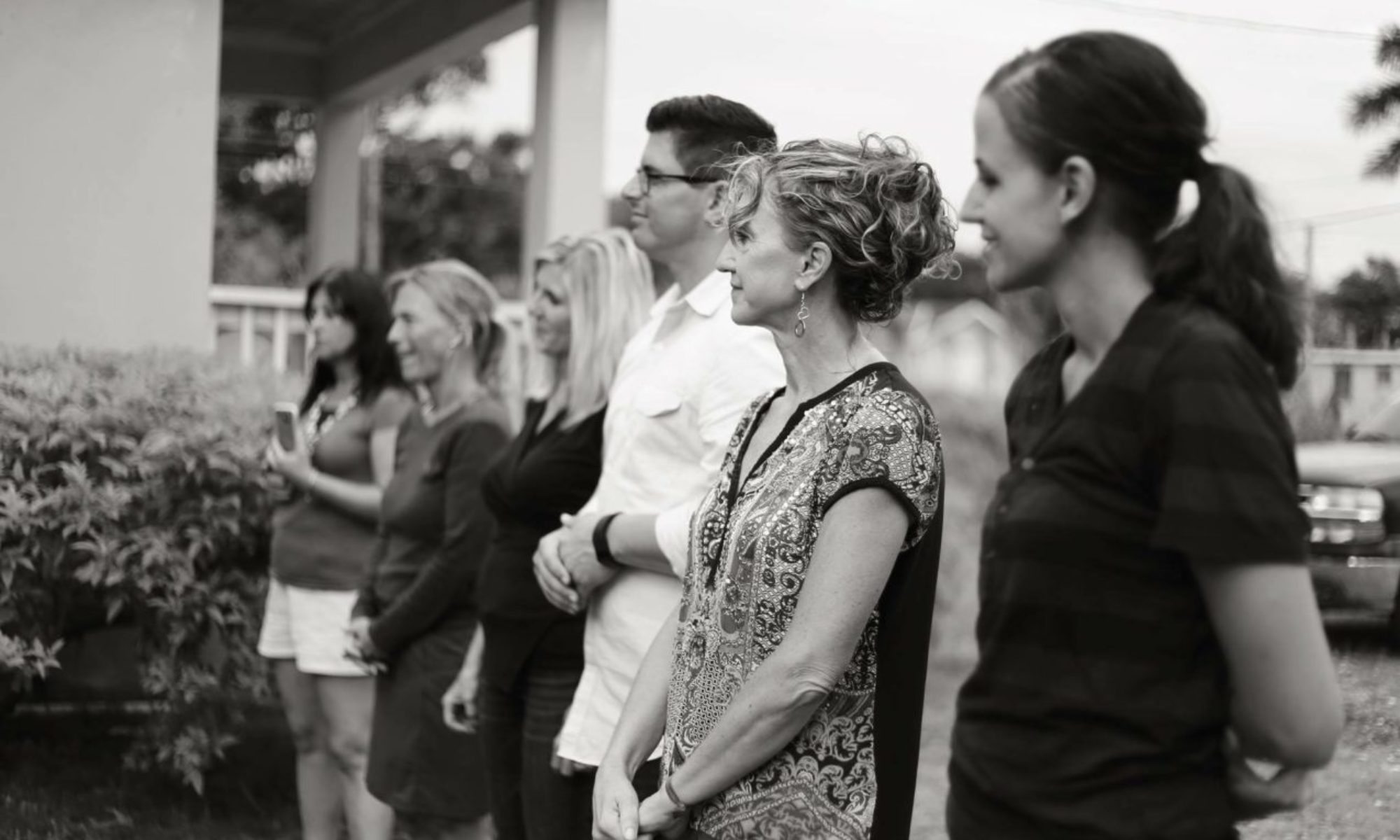There once was a man who decided to take a sabbatical to a remote monastery. It was in a beautiful location, perched on a mountaintop, near the Alps. One fine day when the weather was pleasantly warm, he ventured out alone. Upon finding the perfect, scenic location, he laid down a blanket, settled in, and began his daily meditation. After a bit of time, he opened his eyes to see that a monk was traveling nearby on foot. In a gesture of good will, the monk wandered over to say hello. The monk was curious about the guest. Taking a seat beside him, they began to discuss their travels and what had brought each of them to this particular destination. Then, after a few moments of silence, the monk, searching for more answers, asked the question, “Tell me, what is it that you wish for?”
Taking in a deep breath, the man surveyed his surroundings, contemplating an answer. The monk, patient as he was, asked again, “What is it that your heart longs for?” After a brief pause, the man provided the monk with a list of things that he thought, once achieved, would make him happy. He voiced each one with articulation and emotion. He felt in his heart that if he could just get all of the things on the list and be successful financially, then he would find joy. The list included material things, the repair of a tattered relationship, and a new job. The monk could see how the man was looking for things or people outside of himself to make him happy, not realizing that happiness is ultimately an inside job; it starts within. So after listening intently, with a bit of pause, the monk asked one additional simple, yet nagging question: “What if you choose joy first?”
In my younger days, I can recall thinking that happiness was somewhere in the distance, somewhere in my future. I thought that someday, something would happen, and happiness would be achieved. Author Gregg Braden calls this type of thinking preoccupation destination addiction. This thought process assumes two things:
- That certain events must take place for happiness to be achieved
- That the current moment holds no significance
These assumptions couldn’t be further from the truth. In reality, all that matters is now. Do your thoughts partake in time travel? How much time do you spend with thoughts devoted to the past or future?
Doctors have pondered the connection between our mental and physical health for centuries. Emotions and Health, NIH Medline Plus said in 2008, “Until the 1800s, most believed that emotions were linked to disease and advised patients to visit spas or seaside resorts when they were ill. Gradually emotions lost favor as other causes of illness, such as bacteria or toxins emerged, and new treatments such as antibiotics cured illness after illness.”
What are the implications of mental health on our physical health?
According to Dr. Fabrizio Mancini, “optimists live longer.” He says, “fortunately, many people are asking: Is there a better way to stay healthy? Is there a better way to get healthy? Isn’t there something better out there? The answers are yes, yes, and yes. Once this concept sinks in, you’ll want to make self-healing a continuing operating principle in your life. There are many simple lifestyle options that can help your body self-heal. For example, exercise is self-healing and even a 10-minute walk can make a positive impact on mental and physical health.”
You might consider the following linear process of thinking: Our thinking affects our emotions, our emotions affect many aspects of our life, including our physical and mental health. Your body responds to the way you think, feel, and act. In fact, your body reacts the same to an event as it does to a thought that mimics the event. This is often called the mind-body connection. When you are stressed, anxious, or upset, your body tries to tell you that something isn’t right. For example, high blood pressure or a stomach ache might develop after a particular stressful event. Therefore, if we can keep our thinking in check and in a healthy state, we can experience enormous positive ramifications. In fact, the following physical symptoms may indicate that your emotional health is out of balance:
- Unexplained fatigue
- Depression, hopelessness
- Headaches
- Changes in blood pressure
- Trouble fall or staying asleep
- Stomach issues
- Changes in heart rate
- Sexual issues
- Stiff neck, sore back
- Excessive sweating
- Changes in weight
Therefore, addressing our thoughts is our pathway to peace. Joy is possible no matter life’s outward appearance. Your perspective is the key. Life is 10% what happens to you and 90% your response to it. What does Joy look like for you? As you follow along with these blogs, we will address thought patterns and how they affect our capacity to feel joy. We will address the key differences between happiness and joy, and we will provide strategies to not only get you to that feeling of pure joy, but to keep you there, no matter the circumstances happening around you. That is where we find the golden nuggets, that pot of gold under the rainbow. Yet, unfortunately, many people aren’t even looking for the rainbow.
We need not bow down to the negative conditions of the world nor give them our energy; we can rise above these things. There is much good to be found in the storms of life, and as you learn to dance in the rain, every step gets you closer and closer to who you really are, which is joy. To quote Ask and it is Given, “The basis of life is freedom, the result of life is expansion, but the purpose of life is joy.”
Stay tuned and travel with me as we discover what life is really meant to be. Open your heart to your true purpose, to choose joy!











